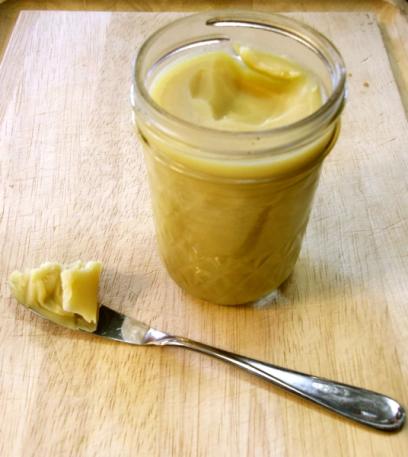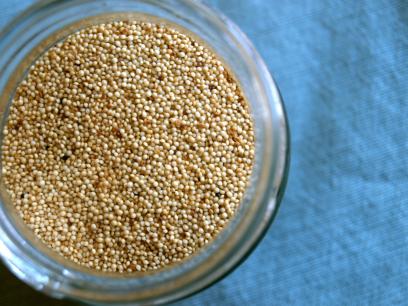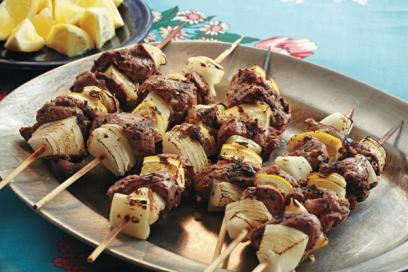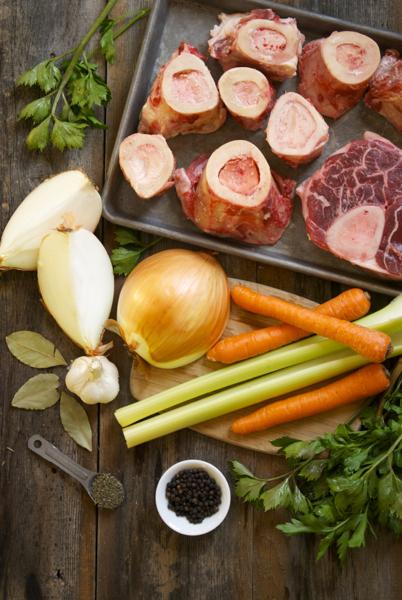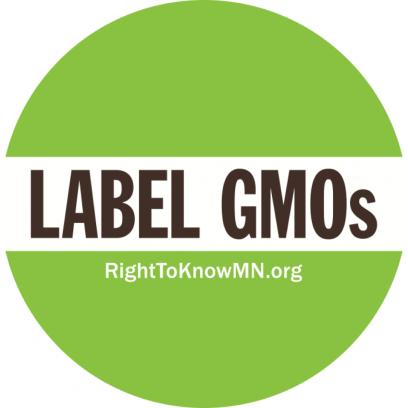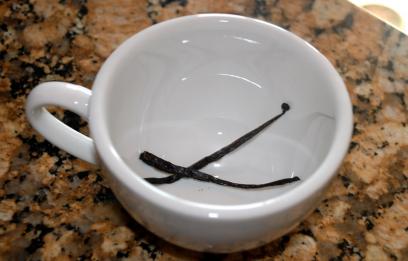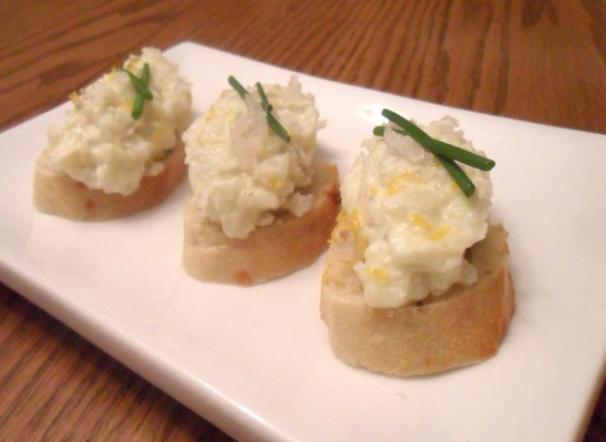Welcome to your new favorite fat.
Ghee is a form of clarified butter, which is just butter without the milk/dairy solids in it. It’s those solids that cause butter to scorch at a high temperature, which is why butter is not your best bet for sautéing or frying at high temperatures. However, with the solids removed, ghee has a higher smoke point even than olive oil and coconut oil, and those high temperatures become your friend again.
And it’s not just for cooking. You can use ghee in any way you might use butter: spread on bread or toast, or melted as a topping for meats or vegetables. Other benefits of ghee:
Dairy free: With nearly all of the milk solids (lactose and casein) removed, it can be tolerated by those with lactose intolerance. It’s Paleo-friendly as well.


